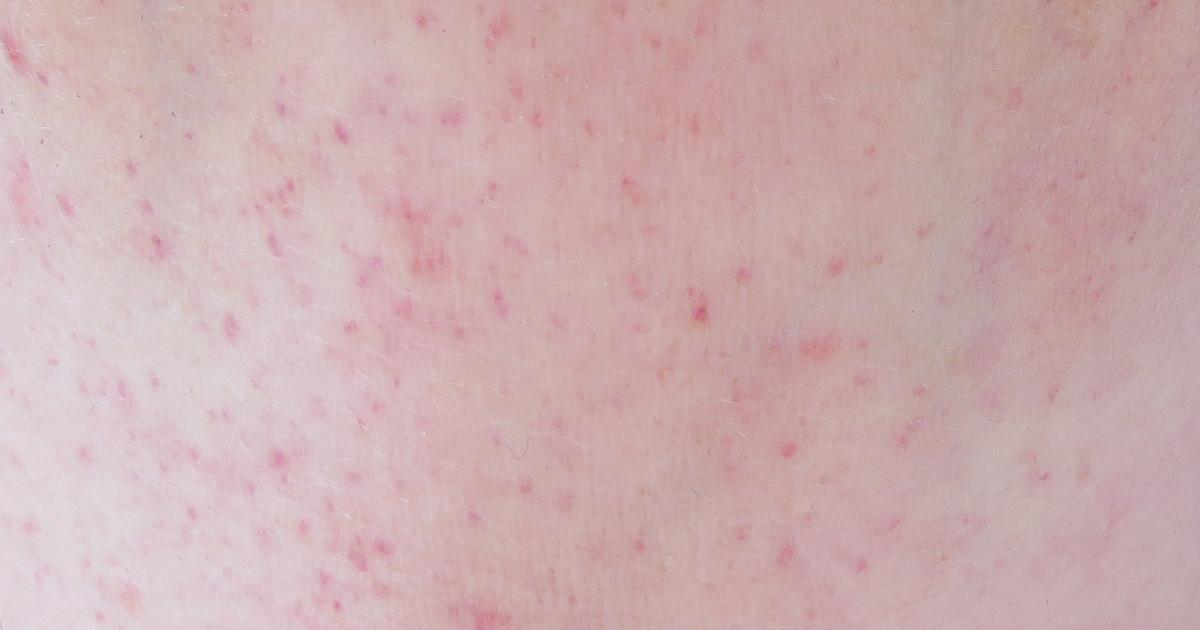Key Symptoms Of Thrombotic Thrombocytopenic Purpura
Thrombotic thrombocytopenic purpura (TTP) is a blood disorder where blood forms clots throughout the body in small blood vessels. The clots that form in body use up resources, like platelets, present in the blood. TTP occurs when some mechanism causes impaired activity of ADAMTS13, an enzyme responsible for the breakdown of a protein referred to as von Willebrand factor, which forms clots by binding with platelet clumps.
There are two different types of thrombotic thrombocytopenic purpura. Inherited TTP refers to a genetic mutation inherited from an individual's parents that impair the effect of ADAMTS13. Acquired TTP describes when the body produces proteins or antibodies that hinder the activity of ADAMTS13. Thrombotic thrombocytopenic purpura is diagnosed through numerous blood tests that reveal specific antibodies and activity levels of ADAMTS13. Treatment involves the use of steroid medications and plasma-like substances to replace the missing enzyme.
Shortness Of Breath

An individual may have thrombotic thrombocytopenic purpura if they experience shortness of breath frequently. The primary mechanism in thrombotic thrombocytopenic purpura that results in shortness of breath is a condition referred to as hemolytic anemia. Hemolytic anemia is a condition where an affected individual's red blood cells are being killed off at a faster rate than they are being produced. Red blood cells are responsible for transporting oxygen throughout the body. When there are not enough red blood cells in the body, the tissues around the body do not receive enough oxygen to operate properly.
The patient's brain can sense when tissues around the body are not receiving enough oxygen by detecting high levels of carbon dioxide. The brain reacts by sending signals to the heart and the lungs to increase the patient's breathing rate and heart rate. This mechanism is activated in an attempt to compensate for the low oxygen levels in the body. A faster breathing rate helps bring in large quantities of oxygen, and a faster heart rate helps move it around the body quicker. However, these mechanisms cause unpleasant symptoms in the patient, including shortness of breath.
Petechiae

Thrombotic thrombocytopenic purpura patients may develop a type of bruise or pinpoint rash referred to as petechiae. This kind of rash is best described as non-raised patches of tiny circular dots that manifest in an individual's serous or mucous membrane. These dots may be red, brown, or purple, and will not blanch or turn white when they are pressed on. Petechiae occurs when bleeding occurs underneath a patient's skin. Capillaries underneath an affected individual's skin break open and cause this type of bleeding.
The chances of spontaneous bleeding like the bleeding that causes a petechial rash are more significant in thrombotic thrombocytopenic purpura patients as a result of abnormally low platelets in the blood. Platelets are the tiny cells contained in the blood that fuse together and form clots when damaged blood vessels are discovered. Platelets keep an individual from losing an excessive amount of blood from bleeding too long. The petechial rash occurs because minor injuries to the individual's capillaries are not sealed fast enough due to platelet deficiency.
